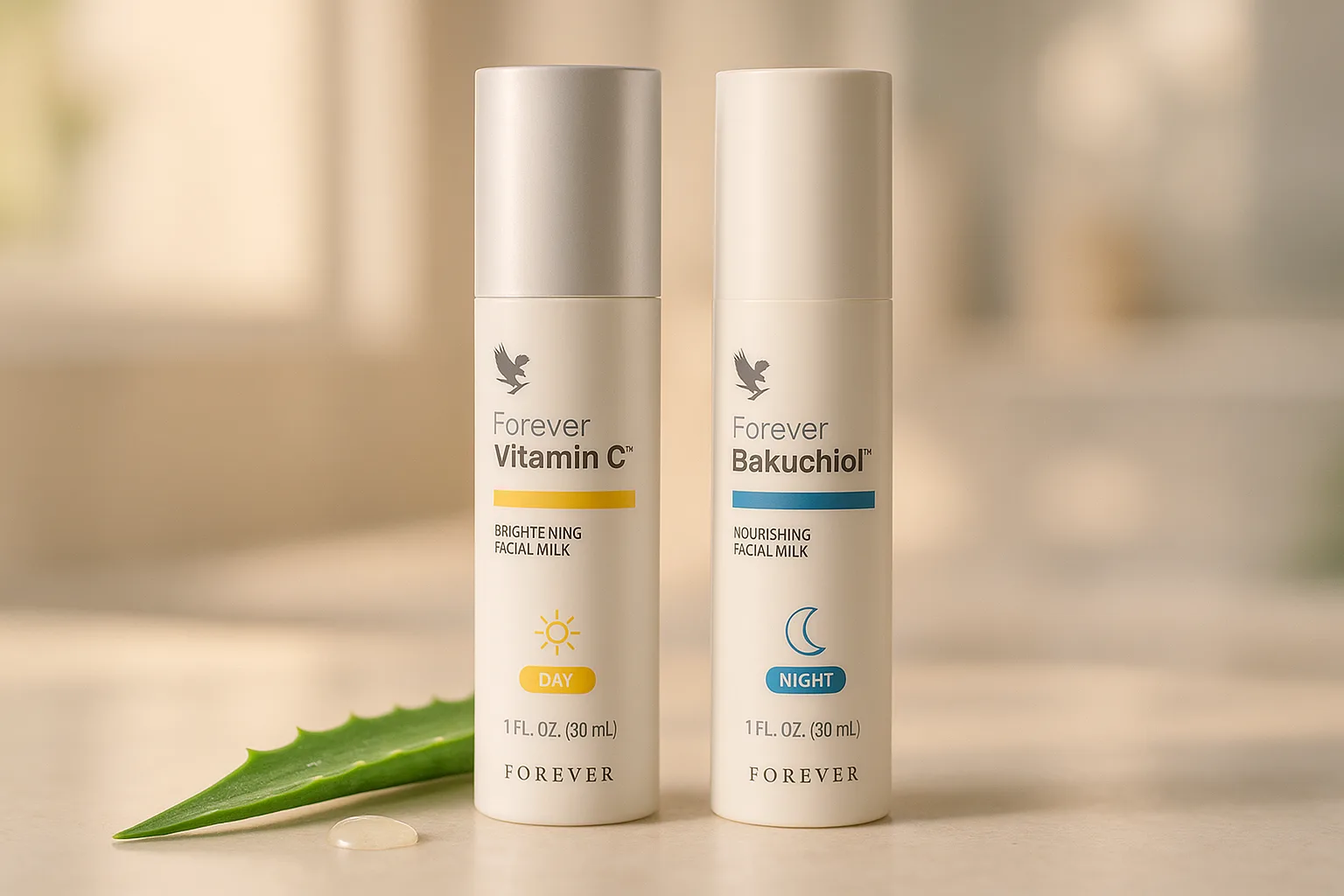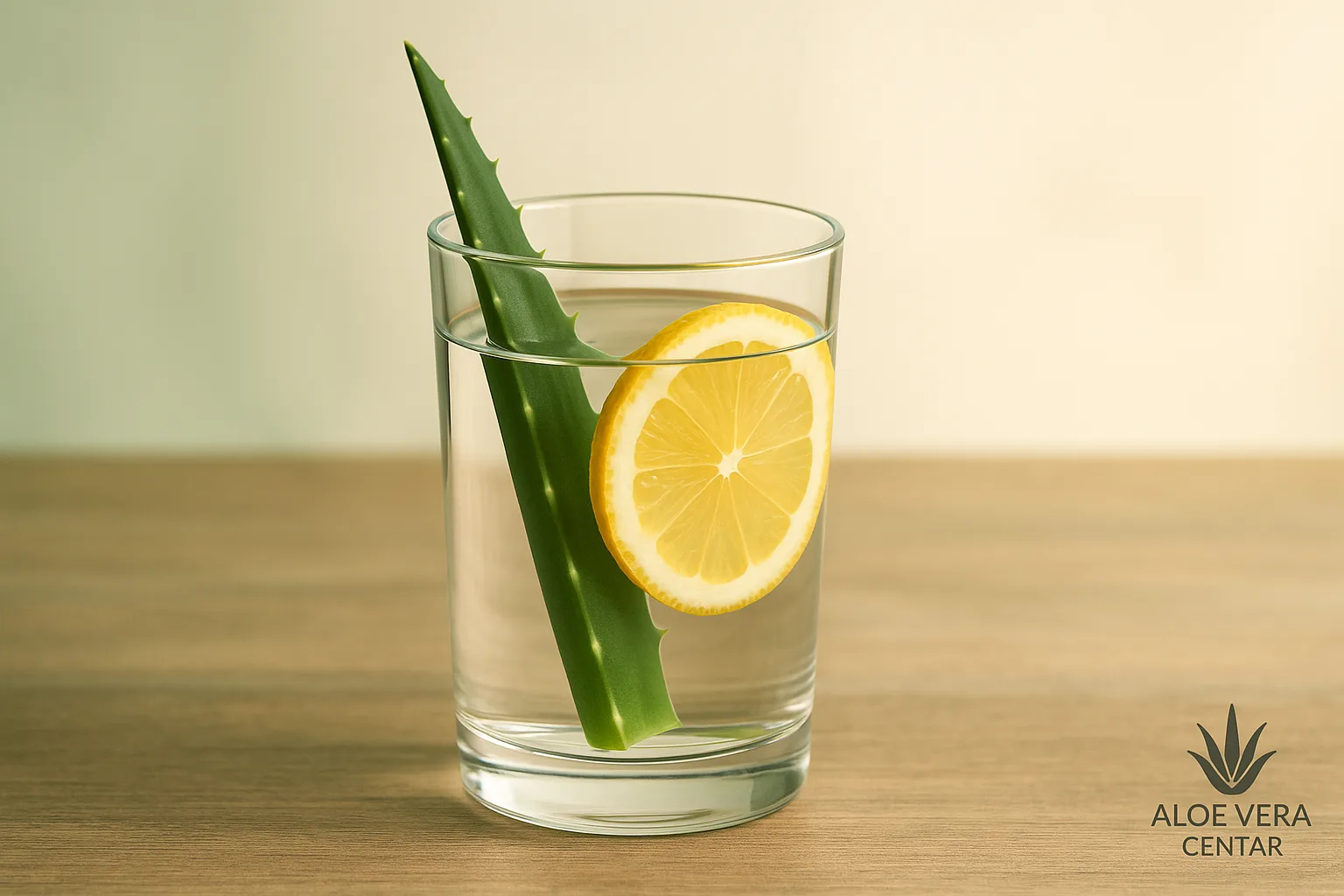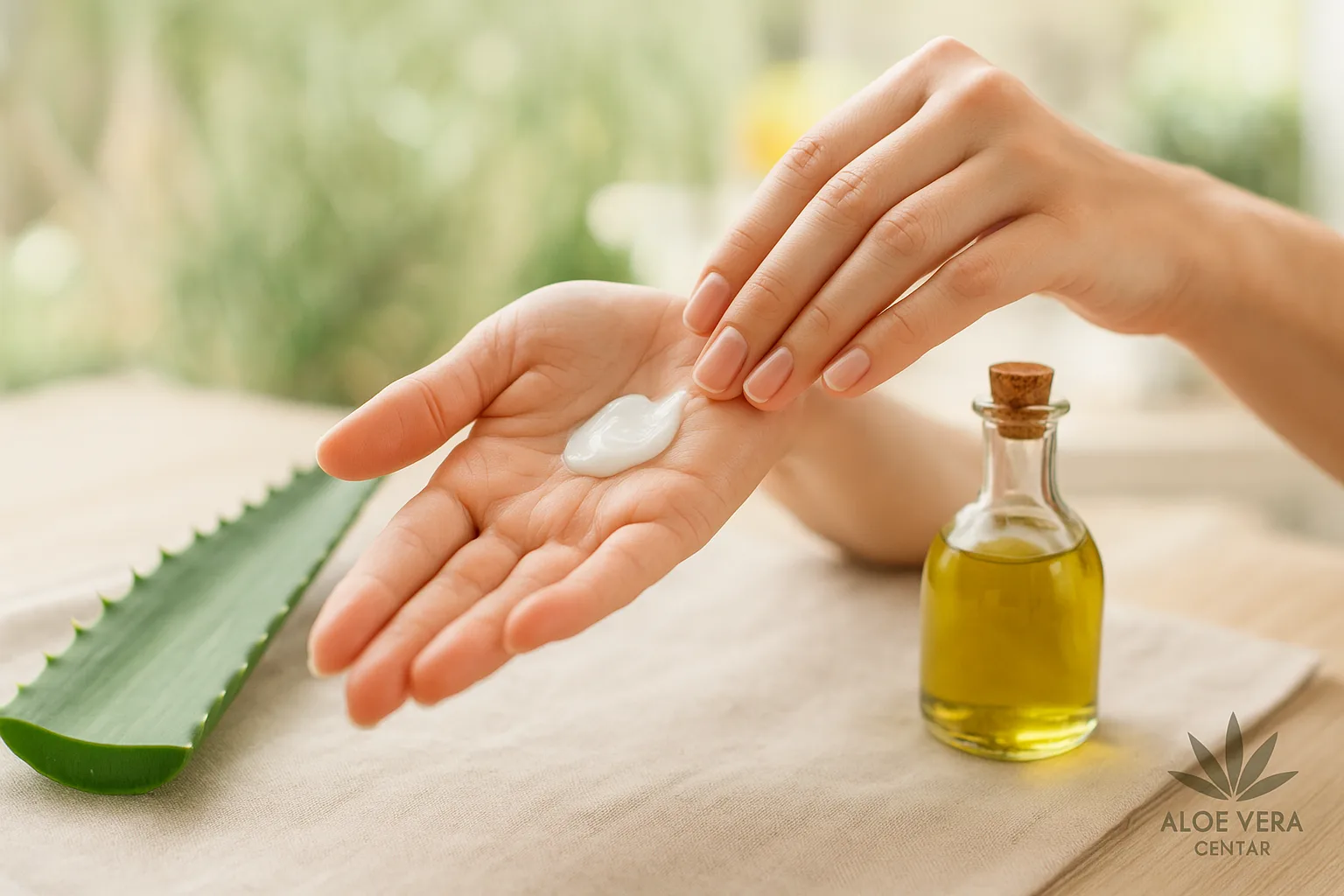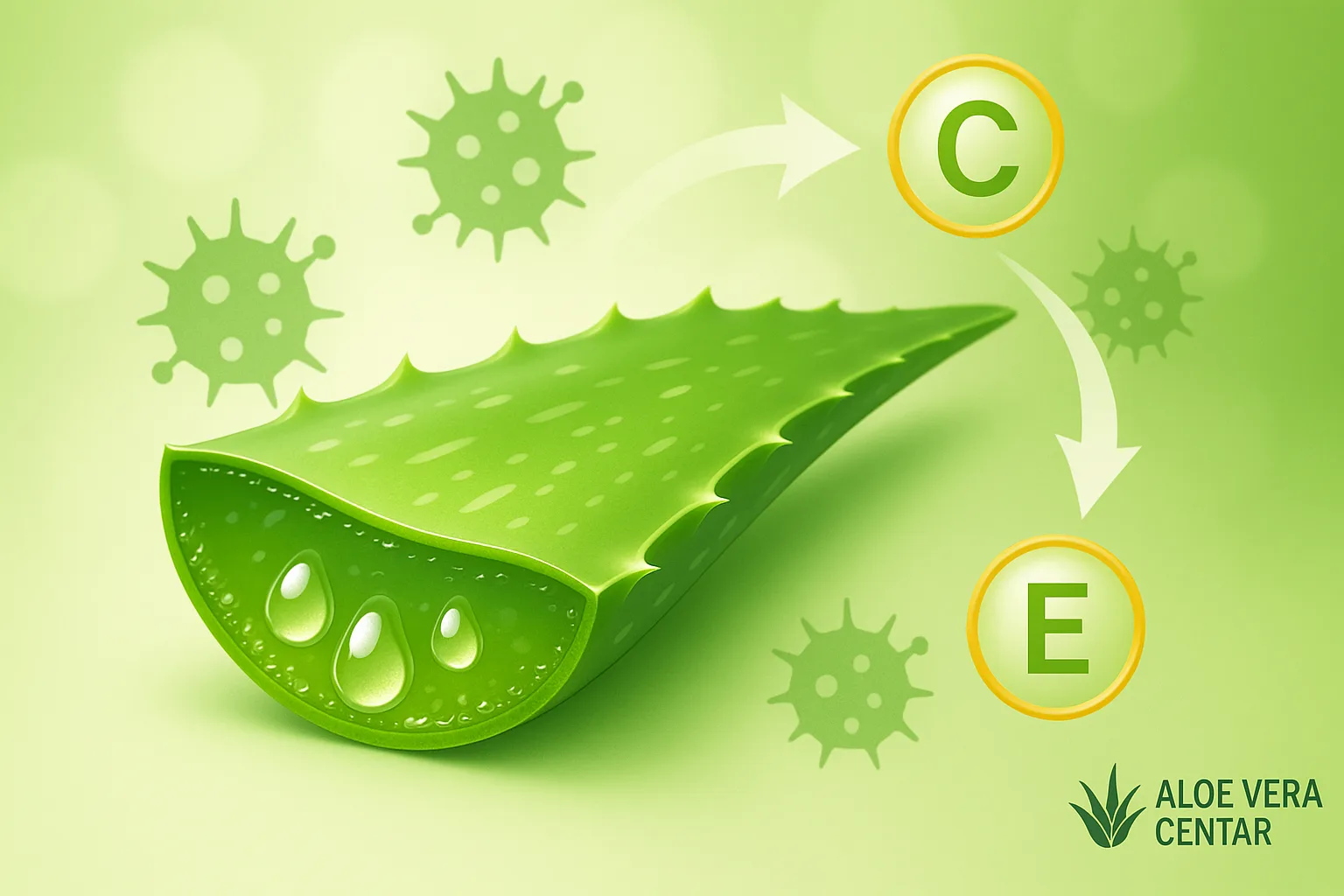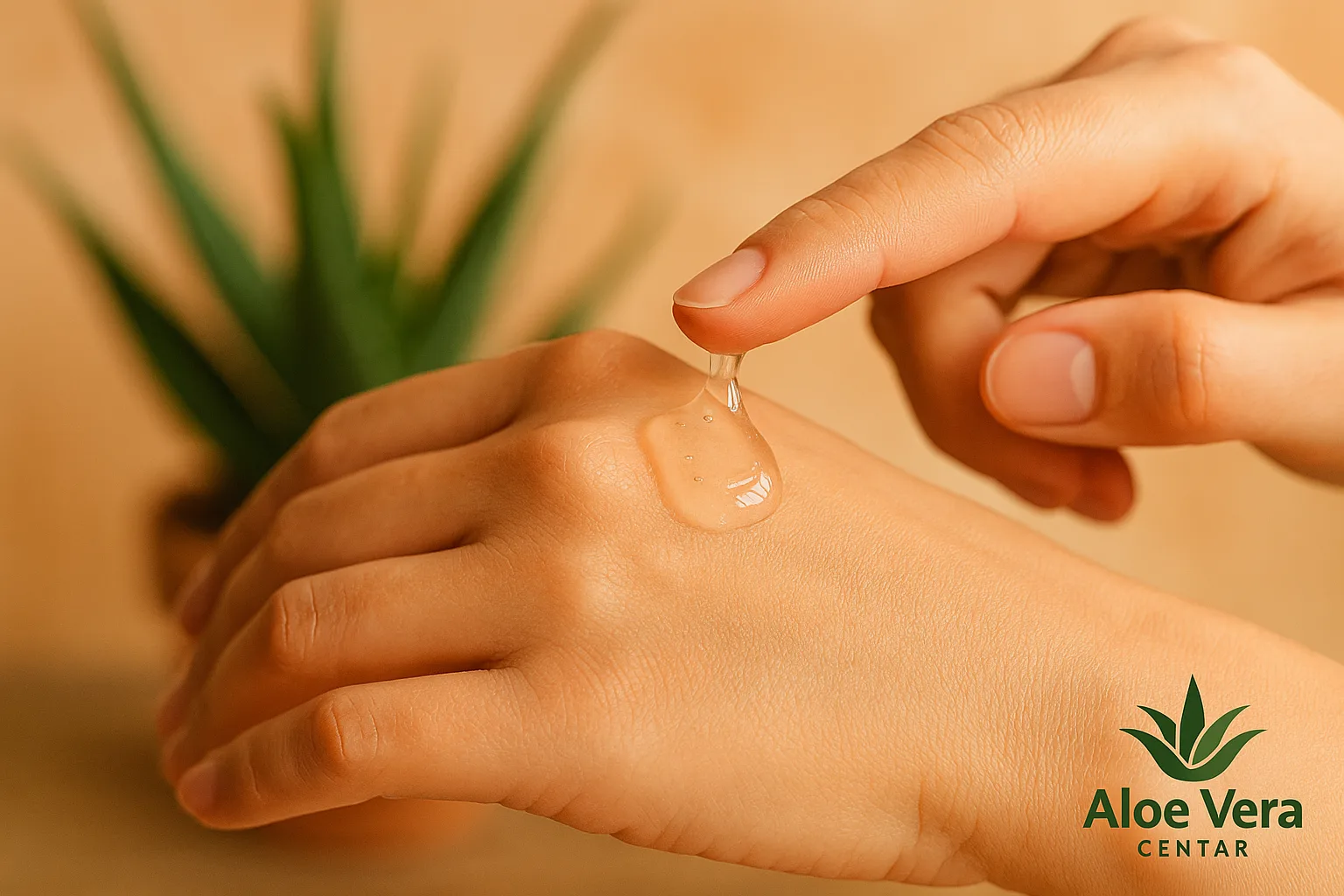
Scar Healing with Aloe Vera – the Truth behind the Natural Gel
Long-term Scar Healing with Aloe: Myth or Fact?
Aloe vera is probably the first thing that comes to mind when you think about natural skin soothing, but can this succulent really erase or reduce old scars? You might wonder why some people claim aloe erases their surgery and acne marks, while others see no difference. In the following lines, we’ll discover what science says, how to properly use aloe, and where the line between realistic expectations and internet myths lies.
How Do Scars Form and why are They Hard to Remove?
A scar forms when the skin produces collagen to close a wound after injury. This collagen often differs from the surrounding tissue, resulting in a harder, less elastic surface. The wound depth, genetics, age, and care during healing are key factors determining scar visibility.
- Scar type: hypertrophic, atrophic, or keloid.
- Formation time: the process can take from several weeks to a year.
- External factors: sun, infections, and repeated trauma worsen appearance.
If you’re thinking right now: “Is time the only remedy then?” keep reading…
What Does Science Say about Aloe Vera and Healing?
Active Ingredients in Leaf Gel
Fresh aloe leaf gel contains over 75 known phytochemicals, including acemannan, as well as vitamins C and E, and zinc. This cocktail works as an anti-inflammatory, stimulates fibroblasts, and accelerates collagen production.
Clinical Evidence
A 2020 study published on PubMed recorded 20% faster reduction in postoperative scar redness in subjects who applied aloe gel daily compared to the control group. A similar picture was shown by an analysis covering 23 studies with 1,375 patients total, confirming statistically significant improvement in skin elasticity (p < 0.05). Applying aloe immediately after wound closure reduces the risk of hypertrophic scars by maintaining optimal skin hydration and pH.
But that’s not all…
Myths and Facts: where Do Users Often Make Mistakes?
Myth 1: Aloe erases old scars overnight.
The fact is that treatment takes weeks or months, especially for keloids. Patience is key.
Myth 2: Every cream with aloe extract works the same.
The amount of active polysaccharides can differ by up to 200%, so choose products of verified quality.
Myth 3: It’s enough to apply gel once a week.
Studies show that the best results are achieved with daily application.
How to Properly Use Aloe for Visible Scar Reduction?
Here’s the deal:
- Cleanse the skin with a mild sulfate-free cleanser to remove dirt and excess sebum.
- Apply fresh gel or high-quality product like Aloe Vera Gelly in a thin layer on the scar.
- Gently massage in circular motions for 1 to 2 minutes – massage stimulates microcirculation.
- Wait for absorption at least 20 minutes before applying other products.
- Repeat the process morning and evening for at least 8 weeks.
For additional nourishment and protection, many dermatologists recommend combining with Aloe Propolis Creme, rich in vitamins and bee propolis.
Connect Care with Smart Routines
For best results, avoid aggressive peels on the scar area and regularly use sunscreen. Learn more about helpful post-makeup habits in the guide about restoring skin barrier after makeup.
Diet and Habits that Speed up Regeneration
Skin loves antioxidants, Omega-3s, and quality proteins. Consider including fatty fish, nuts, and colorful fruits. If you’re prone to acne, check out the complete guide to acne removal to prevent new scars. For additional routine personalization, use our AI advisor and get a skincare plan tailored to your skin type in just a few steps.
Note on Safety and Possible Irritations
Most people tolerate aloe well, but those allergic to plants from the lily family should do a patch test. If you’re prone to eczema, you’ll find tips for calming dermatitis helpful.
Frequently Asked Questions
How Long should I Use Aloe to See Results?
Most users notice softening and lightening of the scar after 6-8 weeks, but full effect may require up to 6 months of daily use.
Can I Use Aloe on Fresh Wounds?
Yes, but only after the wound stops bleeding and forms a thin skin layer. The gel maintains moisture and reduces inflammation.
Is Aloe Safe for Children and Pregnant Women?
Topical application is considered safe, but pregnant women should avoid oral aloe preparations due to possible laxative effects.
Which Form of Aloe is most Effective for Scars?
Stabilized gels with high pure aloe content, like the mentioned medical gels without alcohol and parabens, show the best results.
Conclusion
Sounds too good to be true? When we look at available studies and user experiences, aloe can indeed reduce the appearance of scars – provided it’s used regularly and in the appropriate form. The combination of hydration, anti-inflammatory action, and collagen stimulation makes it a powerful ally, but not a magic eraser. If you want to try proven products and get a 15% discount, now is the ideal time. Give your skin a chance to shine without unnecessary traces of the past!
Related Care and Additional Resources
If you’re interested in broader applications of aloe in wound healing, read our guide aloe vera as first aid, which describes how gel can soothe burns, stings, and minor cuts.
Since acne often leaves marks, the practical guide how to remove pimples is useful, helping prevent new scars before they become a long-term problem.
For daily whole-body hydration, it’s worth trying Aloe Moisturising Lotion, which combines aloe, collagen, and elastin to improve skin elasticity and resilience.
People considering tattoos or with new tattoos can learn more in the article post-tattoo care, which explains how aloe and panthenol speed up healing and preserve skin color.
And to keep your smile as healthy as your skin, check out the natural formula of Forever Bright toothpaste, which uses aloe and propolis for daily oral hygiene without fluoride.
When you combine regular topical care, healthy diet, and quality supplements, skin healing becomes long-term sustainable – and scars become less visible.
Note: The information in this article is not a substitute for professional medical advice. For specific dermatological problems, consult a qualified specialist.

